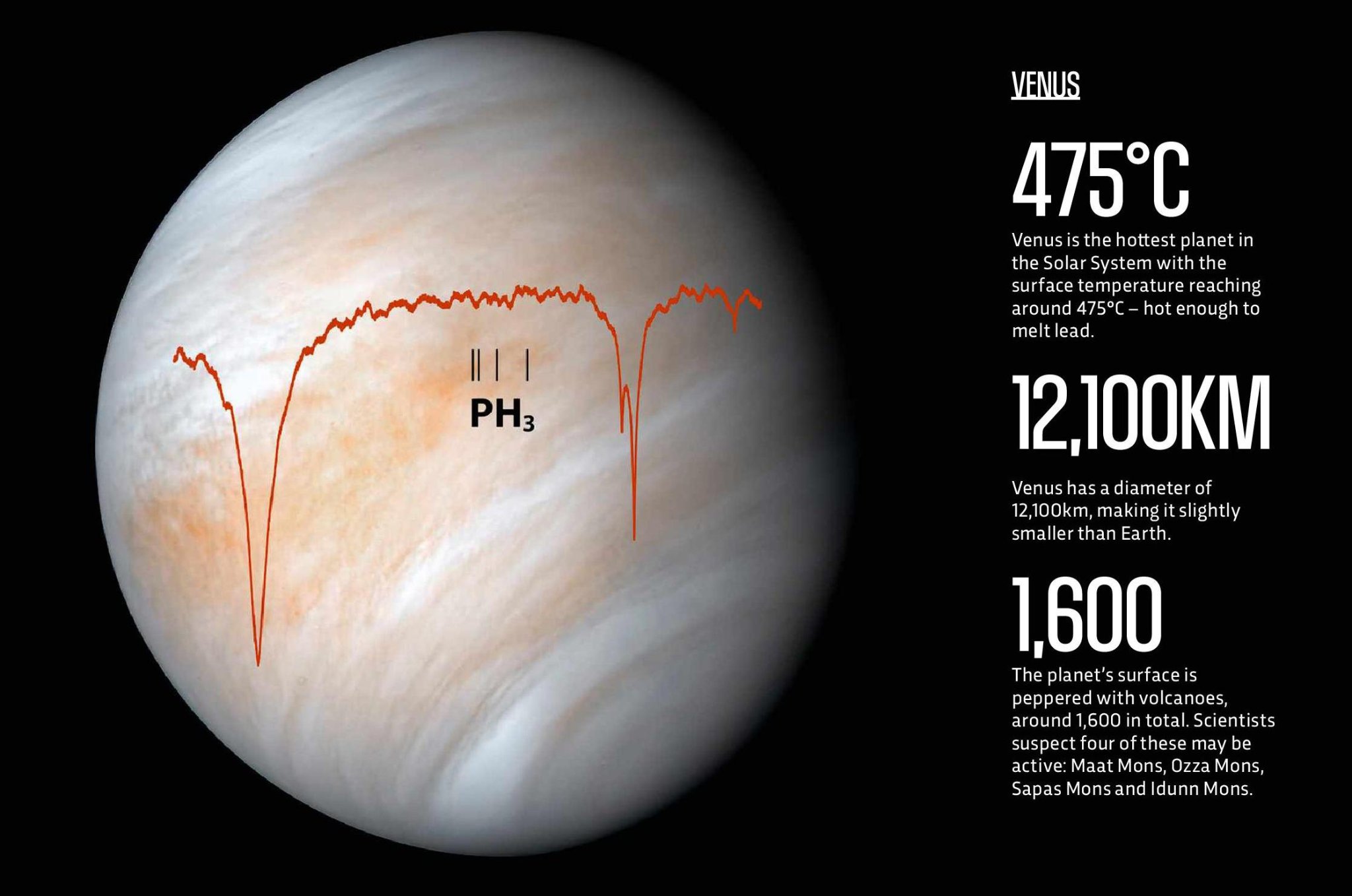IT IS UNLIKELY THAT THERE ARE ALIENS ON VENUS
Data collected by NASA’s SOFIA observatory overturns previous findings that phosphine gas, a potential sign of microbial life, is present in the planet’s atmosphere
An analysis of data collected by NASA’s Stratospheric Observatory for Infrared Astronomy (SOFIA) has turned up no evidence of phosphine in Venus’s atmosphere.
The NASA researchers were following up on the detection of phosphine by Japan’s Akatsuki satellite back in 2020. At the time, the discovery got astronomers excited, as phosphine is considered to be a sign of life. This is because phosphine is unlikely to arise from chemical processes on worlds such as Venus, but is known to be produced by microbial life in bogs, swamps and marshes on Earth.
“Phosphine is a relatively simple chemical compound – it’s just a phosphorus atom with three hydrogens – so you would think that would be fairly easy to produce. But on Venus, it’s not obvious how it could be made,” said Martin Cordiner, a researcher in astrochemistry and planetary science at NASA’s Goddard Space Flight Center, Maryland.
SOFIA was a telescope mounted on a Boeing 474 that was recently retired from service. It flew around 13km high in the Earth’s stratosphere, putting it above 99 per cent of the atmosphere’s infrared-blocking effects. This allowed astronomers to study the Solar System in ways not possible with ground-based telescopes.
The data analysed in the study were collected during observations of Venus’s atmosphere over the course of three flights in November 2021. The SOFIA telescope’s high resolution allowed it to scan for traces of phosphine around 75-110km above the entirety of the planet’s surface – the same region as the original 2020 finding. However, no sign of the compound was found.
The new research complements data taken from other experiments carried out since 2020 that all point to phosphine not existing anywhere in Venus’s atmosphere, from the equator to the poles.
Many aspects of Venus’s atmosphere continue to puzzle scientists, and further discoveries may be made with NASA’s VERITAS and DAVINCI missions, slated for launch in the late-2020s.
